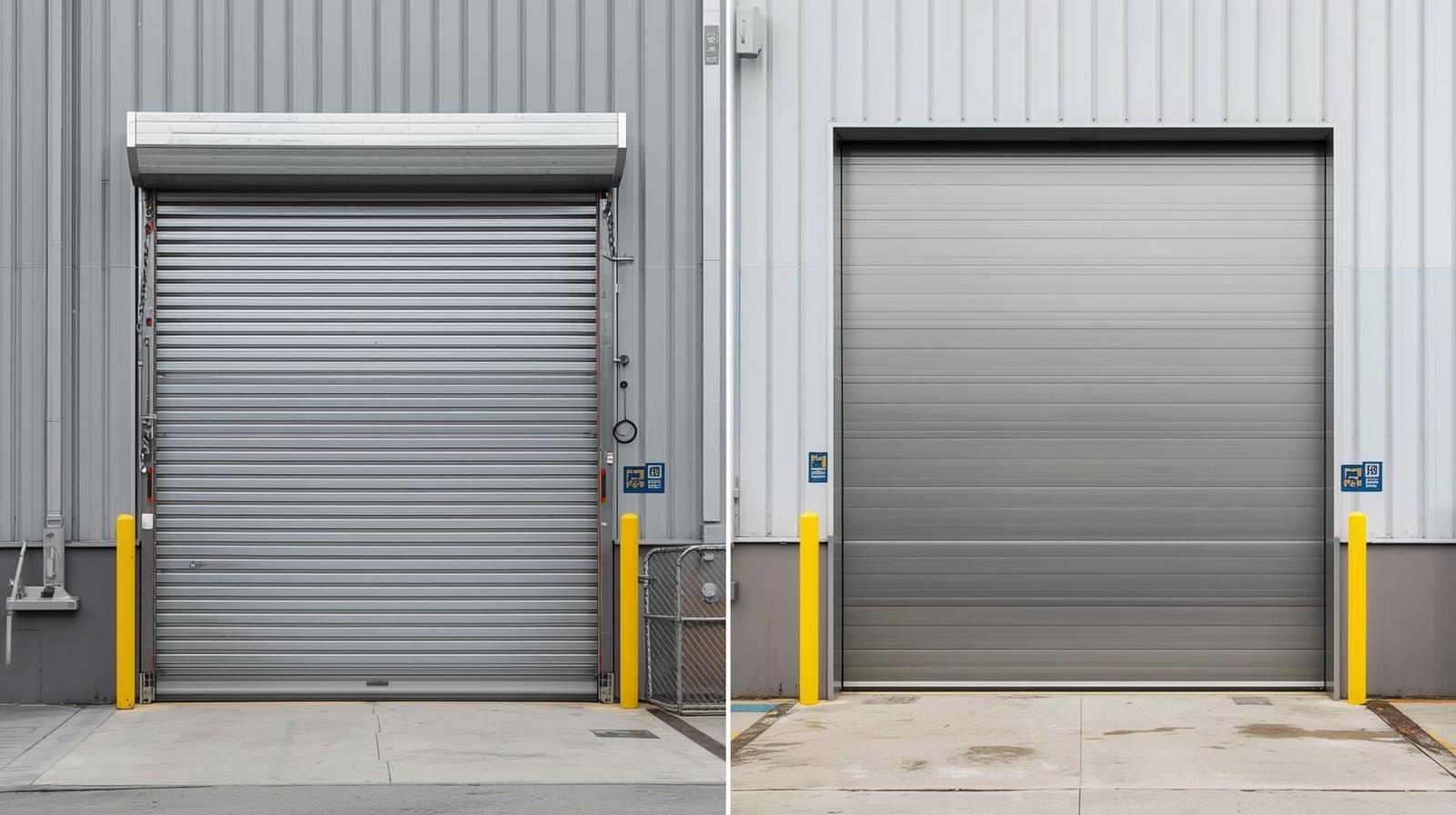Internal link building is often considered one of the unsung heroes of effective SEO strategies. While most digital marketers focus heavily on external backlinks, internal links within your site significantly influence how search engines understand and rank your content.
In this guide, we’ll explore internal links, why they matter for SEO and tools for using them effectively.
What is Internal Link Building?
Internal link building refers to creating hyperlinks within your website that connect one page to another. These links serve two primary functions: guiding visitors to relevant content and helping search engines crawl and index your site.
Unlike external links that direct traffic to a completely different domain, internal links keep users engaged on your site by providing more value and content within the same domain.
Why Internal Link Building Matters for SEO
Internal linking and SEO go hand in hand when it comes to improving your website’s search engine rankings. Let’s break down the key benefits of internal link building for your site’s SEO:
1. Improves Site Navigation
Internal links make navigating your website more accessible for users and search engines. When users can easily find relevant content, it improves their experience and keeps them on your site longer.
Clear internal links provide a roadmap for search engines, helping them discover all your important pages and better understand your site’s structure.
2. Distributes Page Authority
Every page on your site has a certain amount of page authority, which is determined by factors such as backlinks, content quality, and user engagement. Internal links help distribute this authority across your site, boosting the SEO value of lesser-known pages.
It is particularly useful if you have high-authority pages that can transfer link equity to newer or less prominent pages through internal linking.
3. Enhances Content Relevance and Context
Internal linking can help establish relationships between different pieces of content, making it easier for search engines to determine each page’s topic and relevance.
For example, linking your “Content Marketing Strategies” article to a post about “Email Marketing Tips” signals both pages are part of a broader marketing category, reinforcing their contextual relevance.
4. Encourages User Engagement
Effective internal links not only serve SEO purposes but also provide a better user experience by offering additional information that users might find helpful.
When readers find content that addresses their questions or needs, they are more likely to stay on your site, reducing bounce rates and increasing the time spent on the page—both of which are positive signals for SEO.
Tools and Techniques for Internal Linking
Effective internal link-building involves more than just placing random hyperlinks within your content. To fully leverage the power of internal linking, you must utilize the right tools and strategies to maximize SEO benefits and streamline the process.
Here is an overview of some of the most effective methods and resources for enhancing your website’s internal linking structure.
Utilize SEO Plugins and Tools
SEO plugins like Crawlspider for WordPress can help manage internal links by suggesting relevant pages to link to as you create content.
Additionally, many more online tools are available that can help analyze your site’s internal link structure, identifying opportunities and potential issues.
Create Content Hubs
Developing content hubs is a strategic approach to organizing related content on a website. By creating centralized collections of related articles or resources, you can streamline your internal linking strategy.
This means that by interlinking articles within a hub, you create a cohesive structure that enhances both SEO and user navigation.
Regularly Audit Your Links
Periodically review your internal links to ensure they are functioning correctly and still relevant. Broken or outdated links can harm user experience and negatively impact SEO. Regular audits help maintain the integrity of your internal linking strategy.
Final Thoughts
Internal link building is an indispensable part of any successful SEO strategy. By guiding users through your content, distributing page authority, and providing context to search engines, internal links can significantly impact your site’s search rankings.
Implementing a strong internal link structure will enhance your site’s visibility and create a more user-friendly experience, keeping visitors engaged and satisfied.
Start by auditing your current site, optimizing existing links, and building a strategic plan for future content. With the right approach, internal linking can be the key to unlocking your site’s full SEO potential.
Elevate your website’s SEO performance with the Internal Link Building Plugin by CrawlSpider. Automate internal linking, optimize your site structure, and enhance user experience easily!
This powerful WordPress tool leverages advanced algorithms and natural language processing to build smart, contextual links that help increase visibility and drive organic traffic.
So, are you ready to transform your SEO strategy? Don’t miss this chance to boost your SEO efforts. Visit our website today and revolutionize your online presence!




